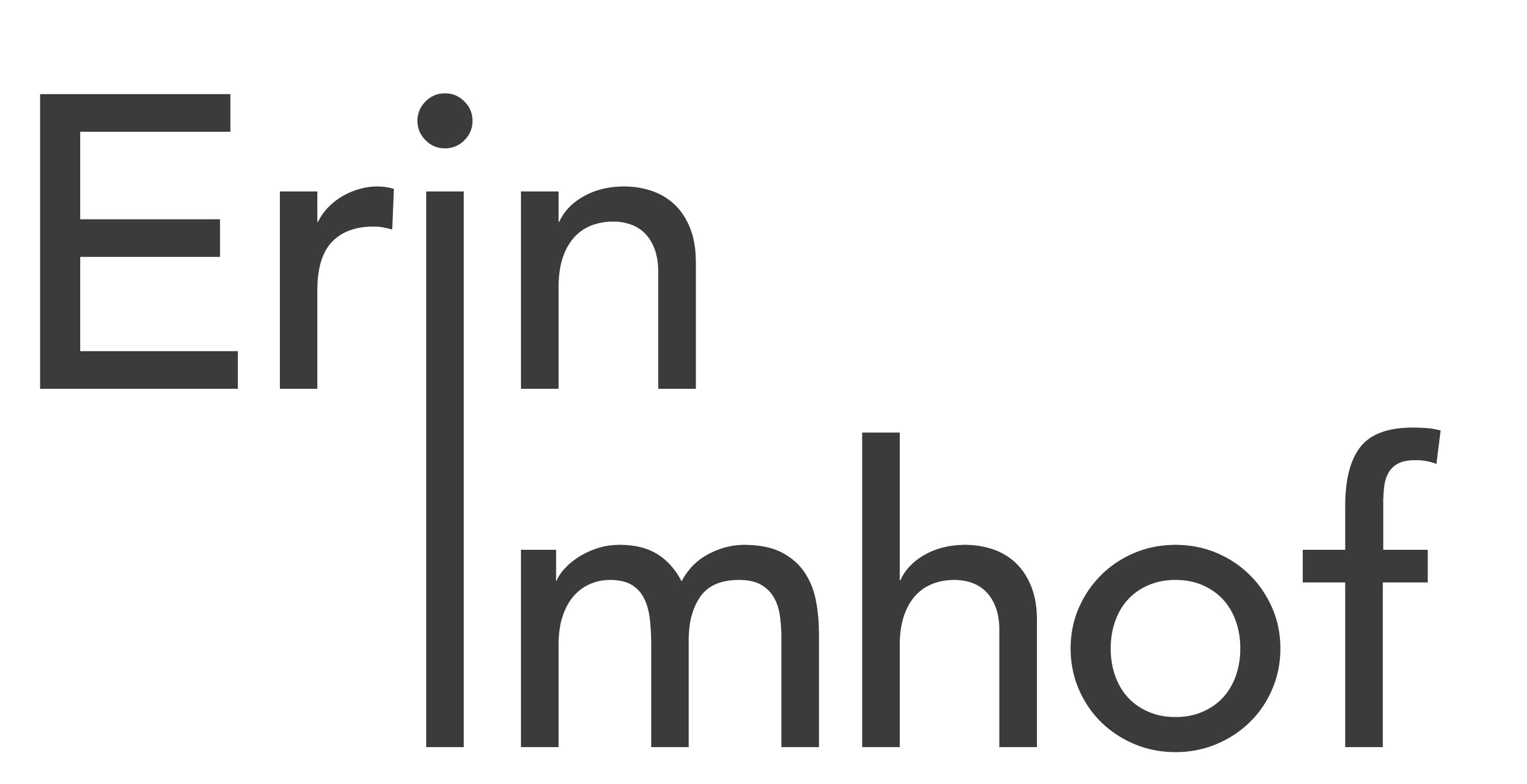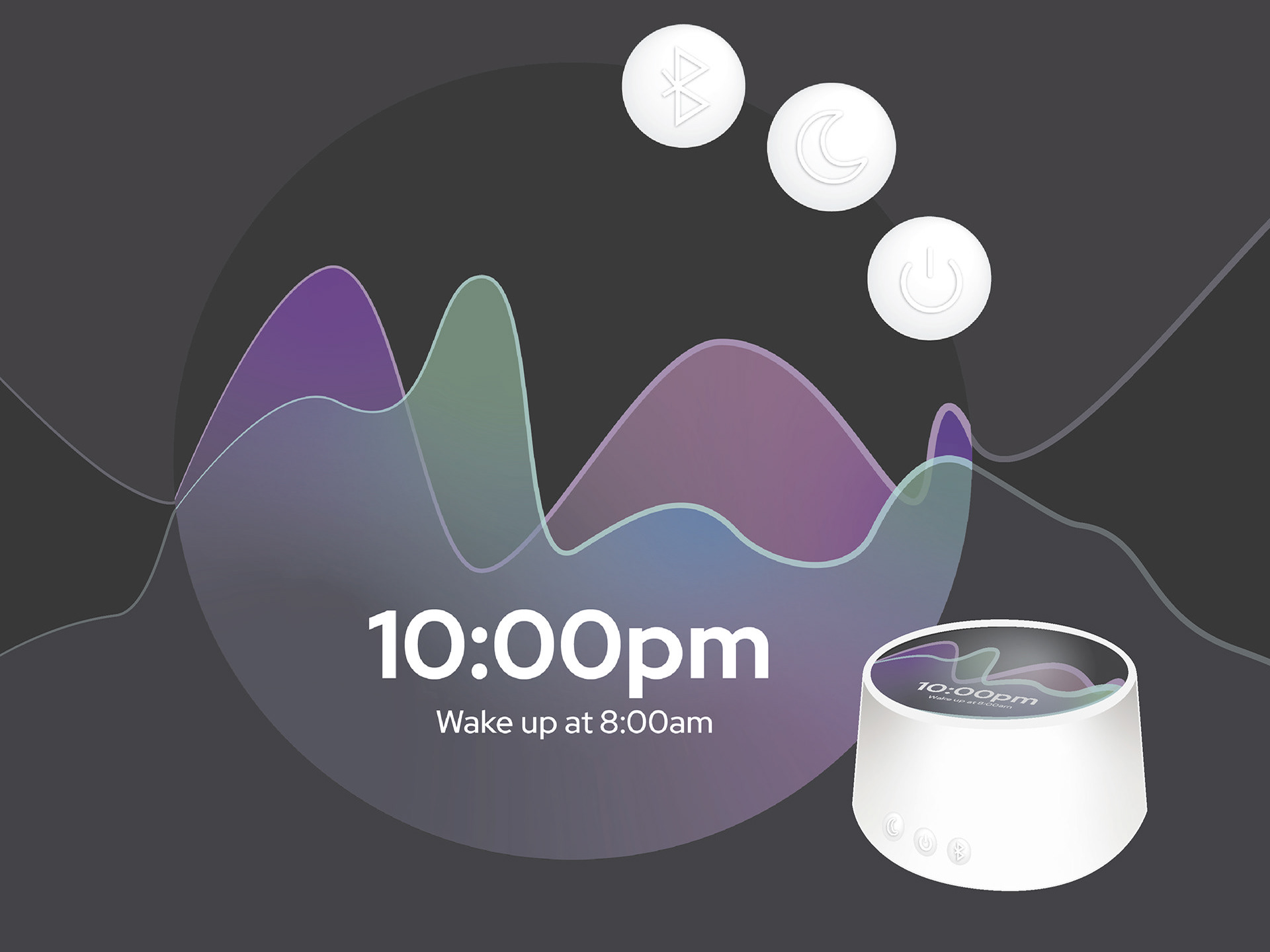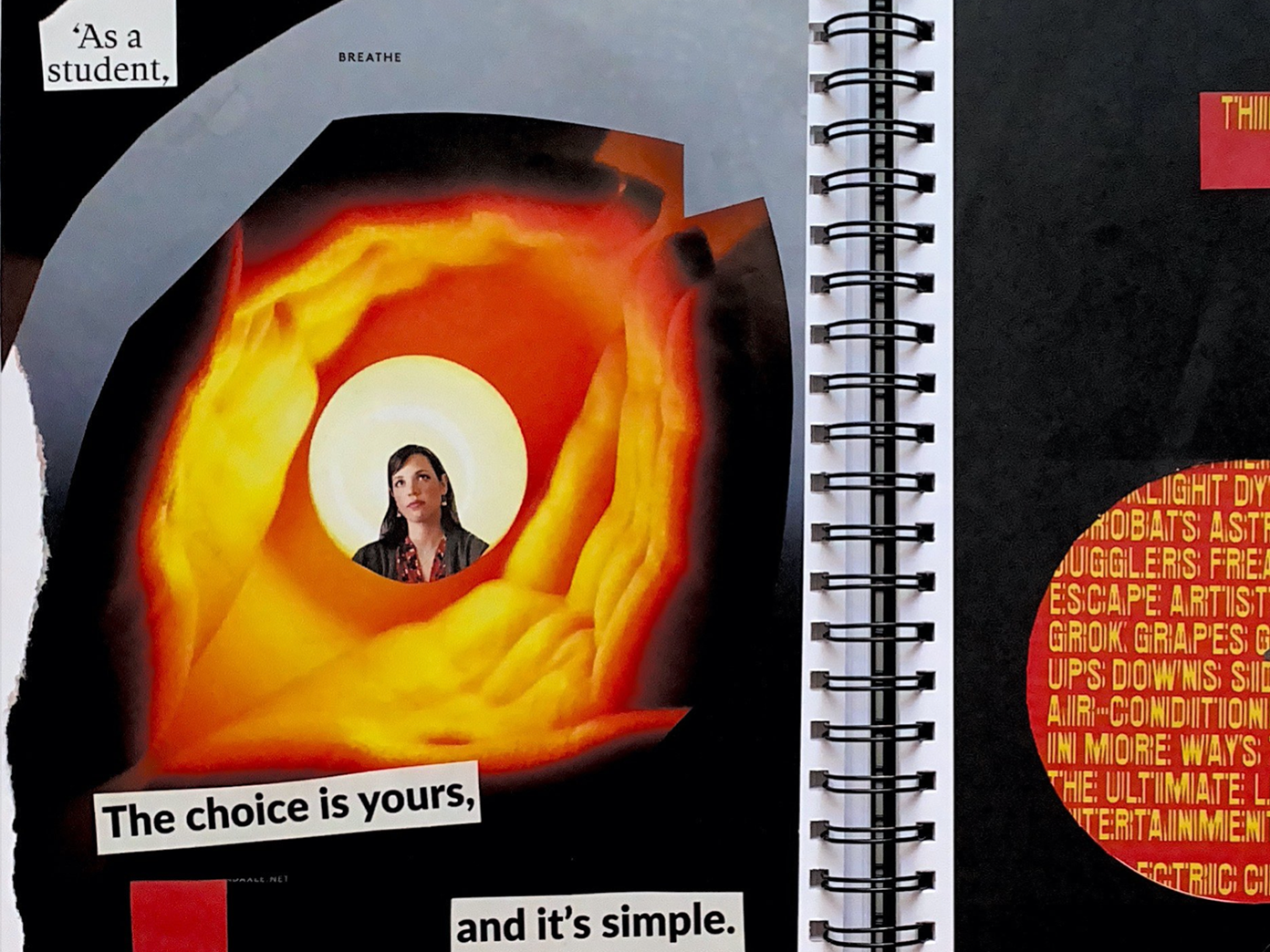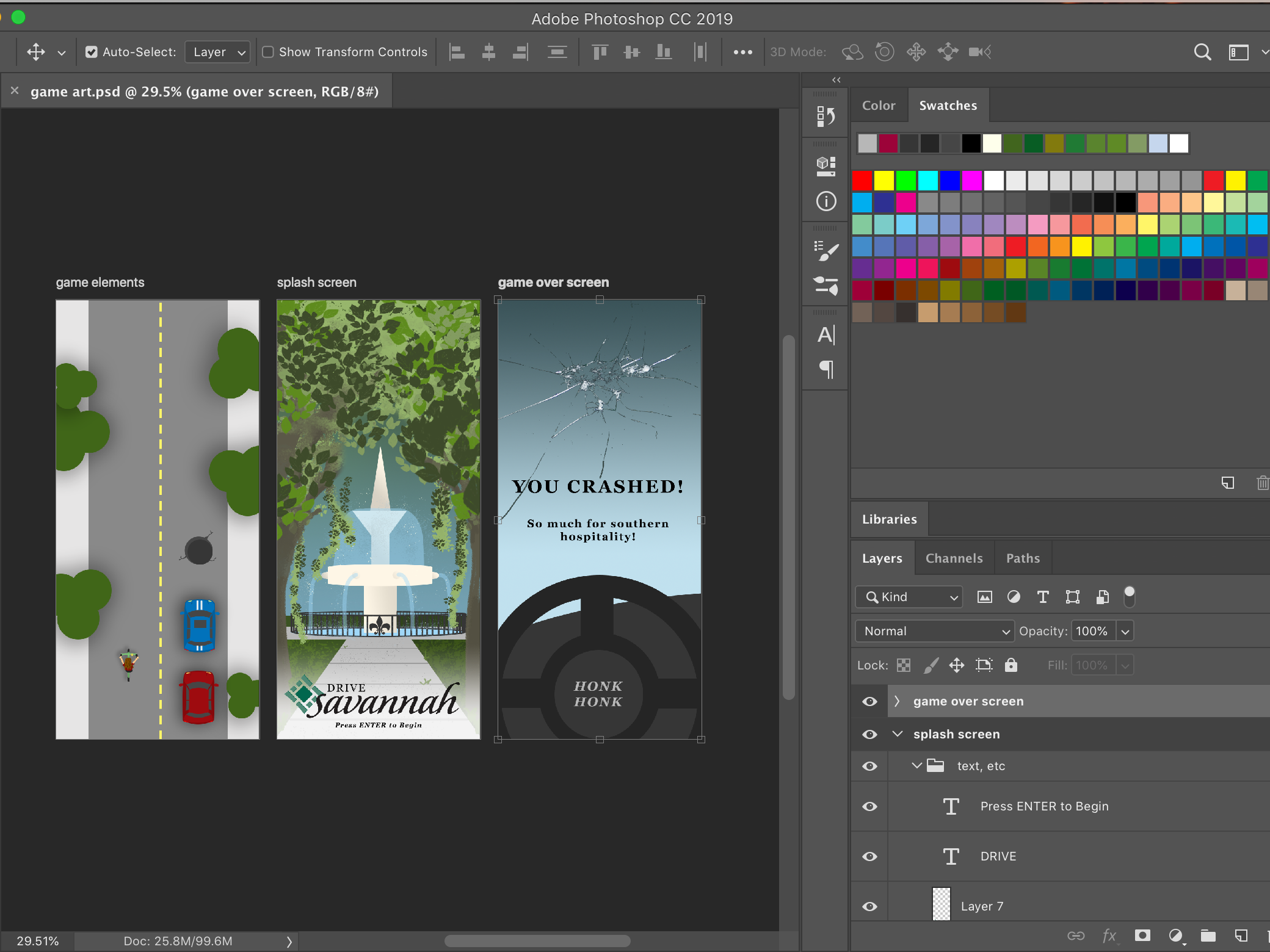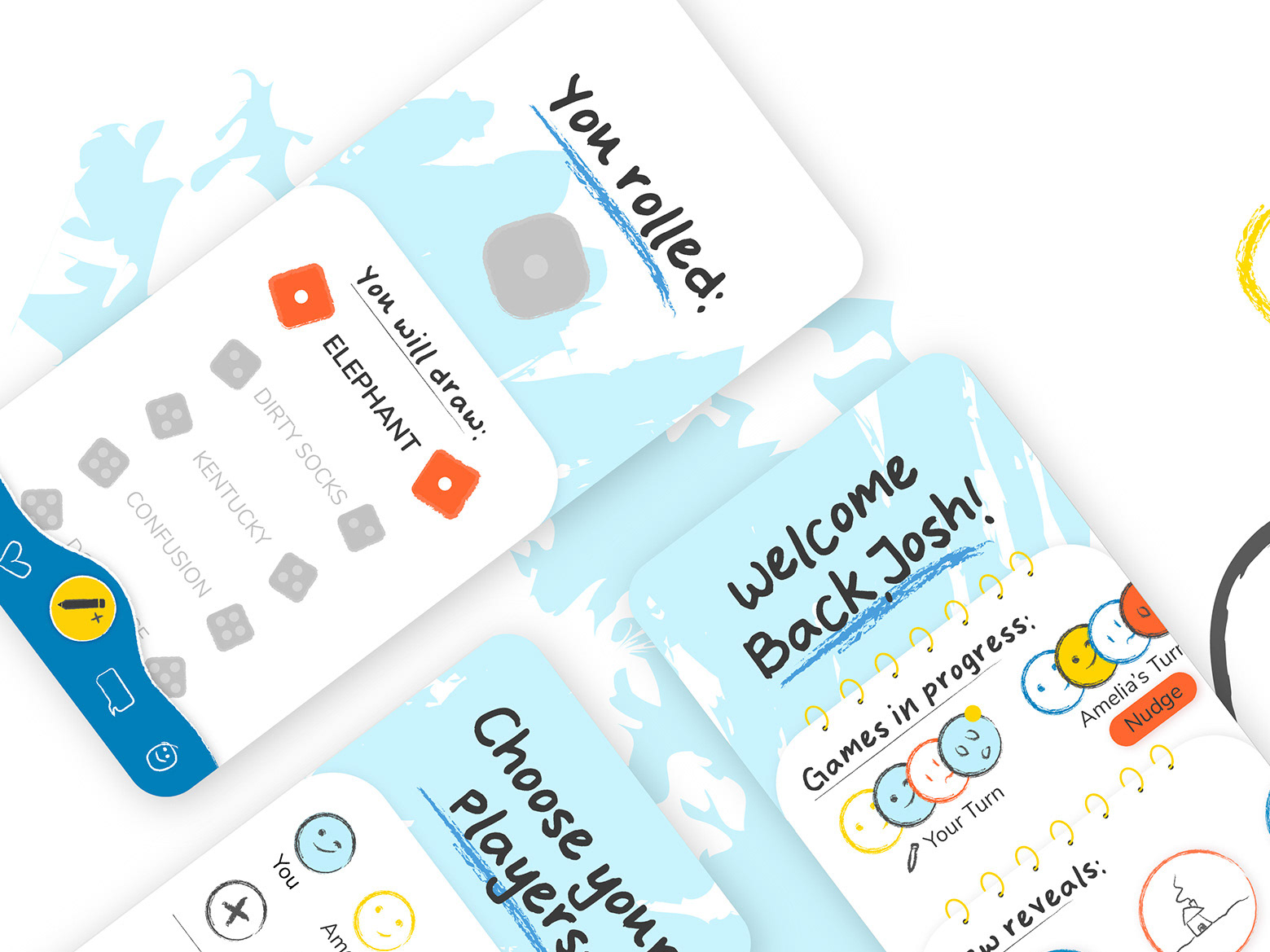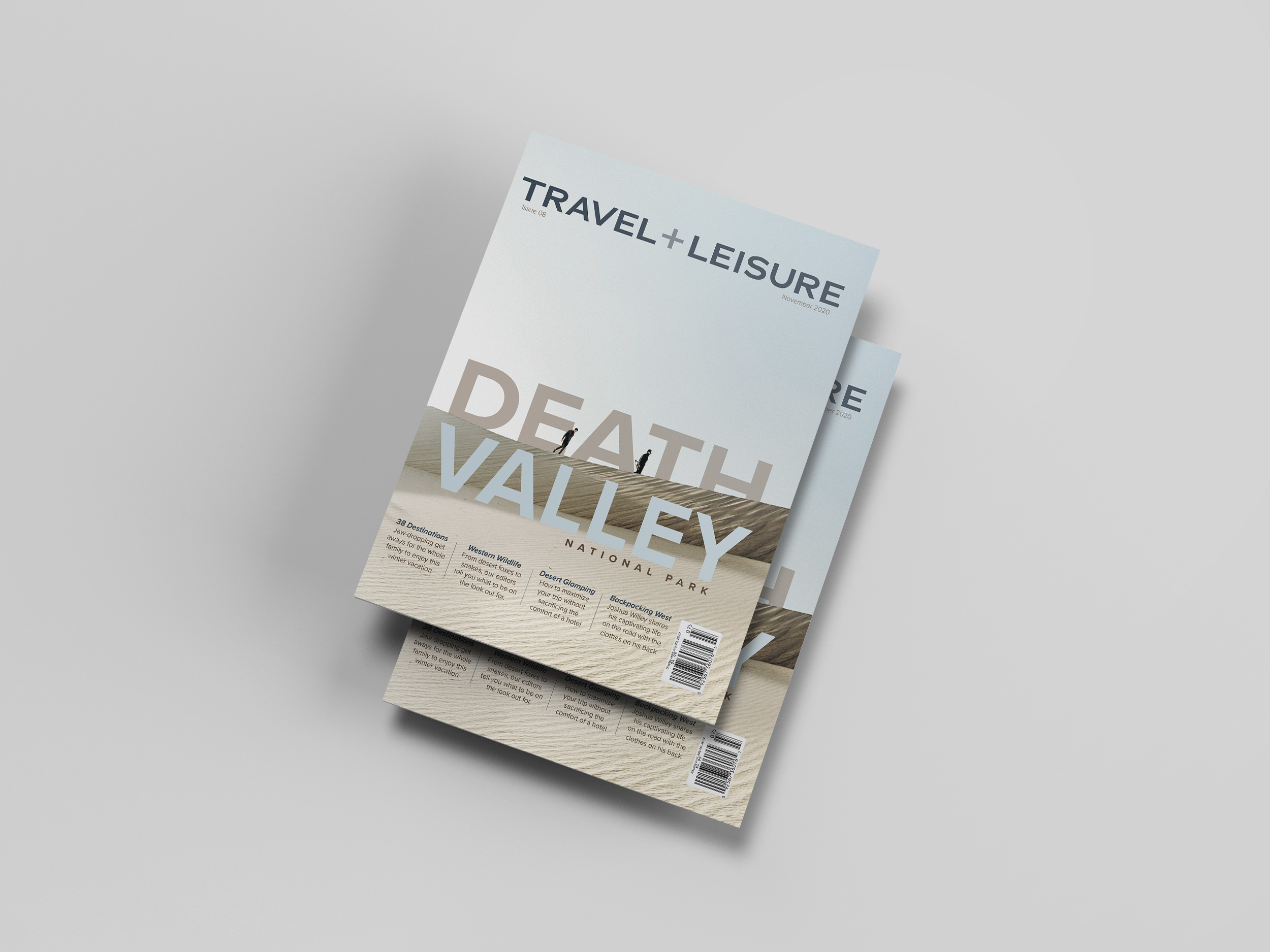Overview
My role: UI Artist, created a design library
Duration: 2 weeks
Team: Solo project
Tools: Figma, Adobe Illustrator
Description: Navigator is a UI I designed for a concept GPS system used in space. I created a design library documenting component specs, grids, button behavior, and more.
Navigator is based on speculative design, relying on an imagined future in which space travel is a commodity. This project was focused purely on interface and visual design, so no in depth user research was conducted, but rather, based on secondary research.
Opportunities
A future user, the common person, is not trained in operating complicated interfaces or navigating a vehicle three dimensionally. Based on the lack of control available to current-day users, these systems can be automated and simplified to emergency controls and status updates.
When considering human factors, space travel creates issues of confinement/isolation and lacks mental stimulation, as space is vastly empty. This can be supplemented by creating an illusion of physical space and allowing the user to interact with nearby planets/objects.
Solution
Implement a large, curved screen display to act as a window, visually extending physical space within the spacecraft. Provide multiple status panels indicating ISS updates and GPS controls, automating navigational control and allowing the user to focus on their journey. Facilitate mental engagement with the space around them by selecting planetary bodies/objects and providing more information about them.
Weightless Design Language
Reflects the visual experience of space travel via interface through the contrast of hard edges paired with undefined, foggy gradient treatments. While we have a definitive idea of what is out in space, there is still much to be discovered. Weightless visually encourages users to explore these undefined areas.
I'll spare you the extra scrolling...
Click through to my process book below for a deep dive into my process!
